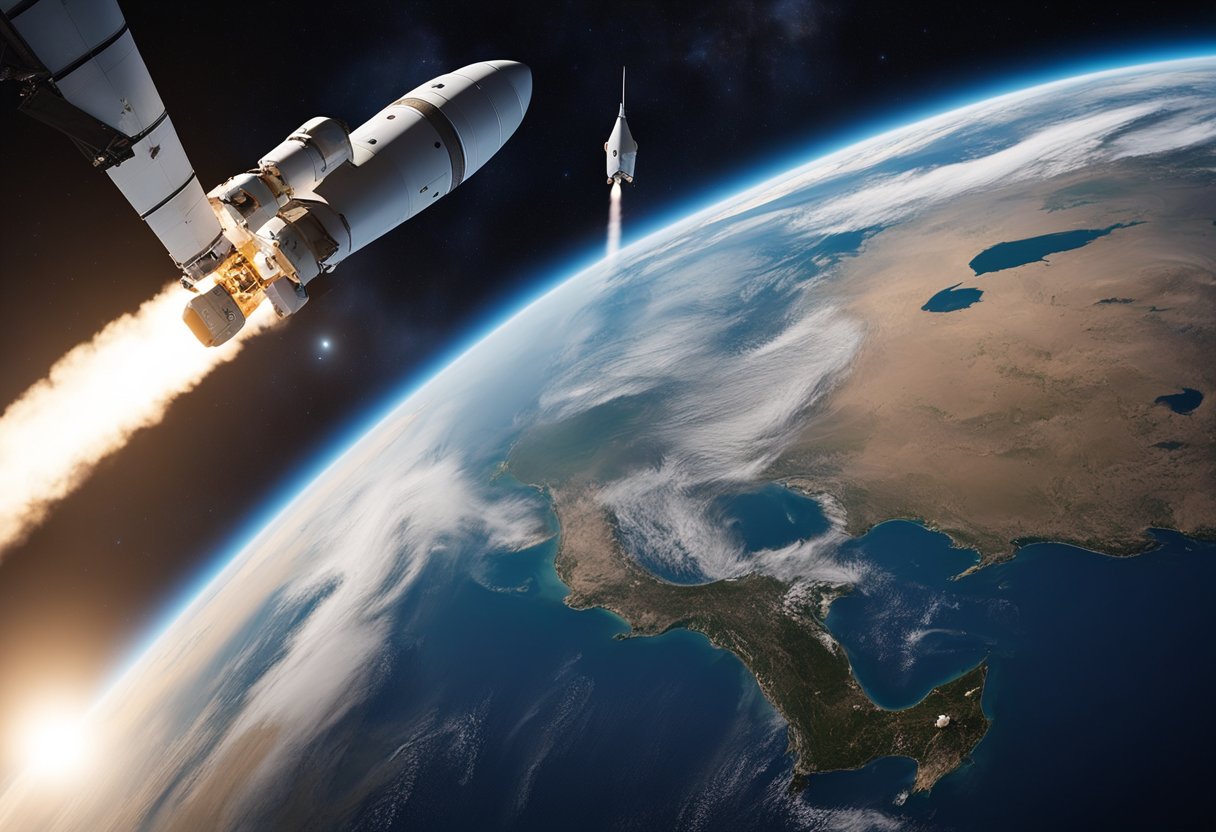
The Evolution of Space Tourism: Space tourism has transformed from a visionary concept into a burgeoning industry, offering an unprecedented way for people to experience the grandeur of space firsthand. What was once confined to the illustrated pages of science fiction is now a legitimate service, with private companies racing to send everyday individuals beyond Earth’s atmosphere. This shift marks a significant moment in human history, indicating that the allure of the cosmos is not just for astronauts and cosmonauts but is becoming accessible to those with a sense of adventure and a dream of reaching the stars.
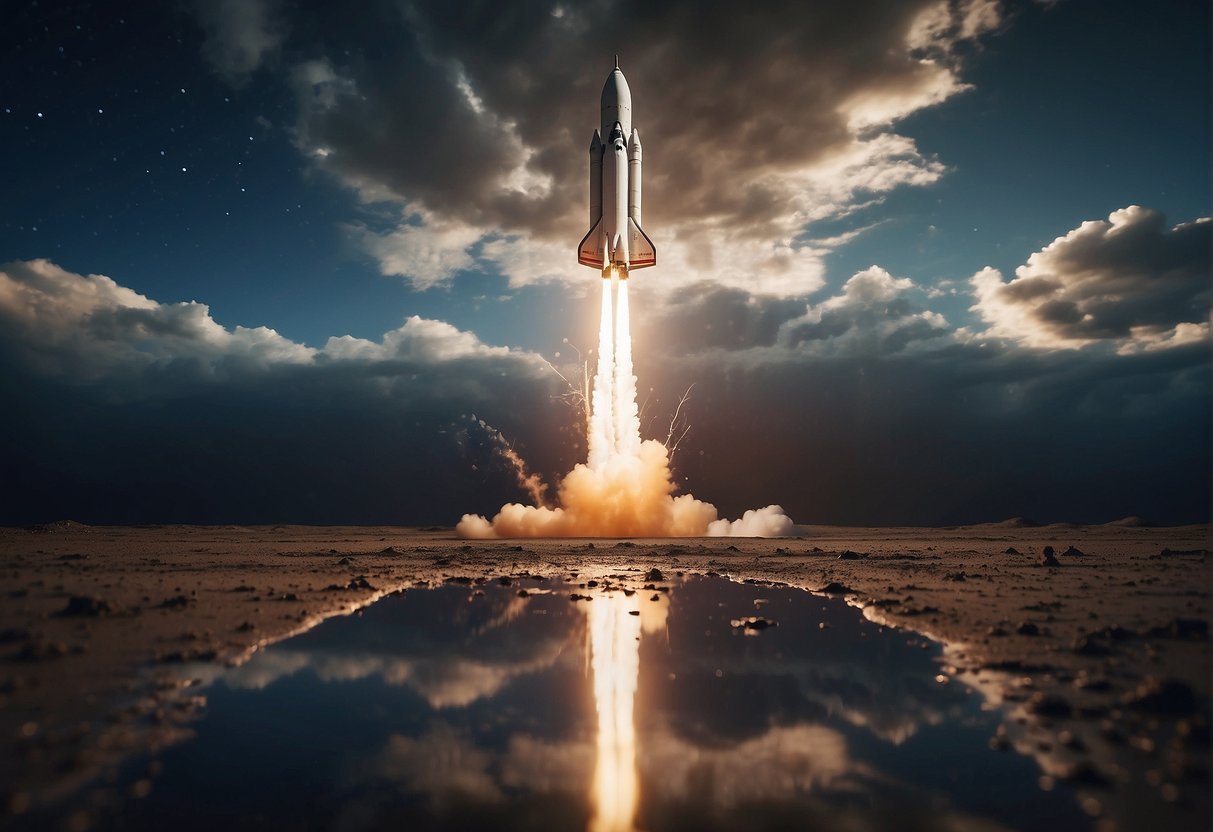
As this industry evolves, a myriad of players—entrepreneurs, engineers, regulators, and adventurers—are shaping what space travel will look like for the public. Technological breakthroughs and significant investments have led to a new wave of spacecraft designed for suborbital jaunts and orbital expeditions. Each success and setback has carved the path for this new era, merging science with tourism and drawing a blueprint for how humanity will venture into the expanse of space.

Space tourism has transformed from a fantastical dream into a tangible reality over recent decades. This section provides insights into key events that have paved the way for today’s burgeoning space tourism industry.
The Space Age began with the successful launch of Sputnik 1 by the Soviet Union in 1957, igniting imaginations worldwide about the potential of space travel. During these formative years, space was a realm reserved for superpower rivalries and scientific exploration, yet the idea of space tourism was already taking root in the public consciousness.
In 2001, Dennis Tito became the symbol of turning space tourism dreams into reality. An American businessman and former NASA scientist, Tito made history by becoming the first private citizen to fund his own trip to space. His epochal journey was facilitated by the company Space Adventures, which arranged for his stay on the International Space Station (ISS).
The early 2000s witnessed the emergence of key players in the commercial space sector. Virgin Galactic, founded by Richard Branson, has been at the forefront of suborbital space tourism, aiming to provide a myriad of civilians with the opportunity to experience space. Similarly, Blue Origin, established by Jeff Bezos, is working towards making space more accessible with its own fleet of suborbital spacecraft. These firms are crafting a new chapter in space tourism, contributing to its ongoing evolution from dream to reality.
Space tourism is transforming from a visionary concept into a commercial enterprise, with private companies opening the heavens to civilians and the economics of space travel coming under intense examination as the industry evolves.
The emergence of private enterprises such as SpaceX has revolutionized space travel. These companies have developed proprietary technology for orbital and suborbital flights, reducing reliance on governmental agencies like NASA. Economic competition in the private sector is fostering innovation and driving prices down, making space tourism more accessible. Private companies are not only ferrying astronauts and cargo to the International Space Station but are also actively developing platforms for space tourists to experience weightlessness and the curvature of Earth.
The economics of space tourism is multifaceted, with ticket prices being a primary focus. Costs can vary vastly from the approximate $50,000 for a high-altitude balloon experience to the $450,000 mark for a seat offered by companies like Virgin Galactic. These prices reflect the complexity of space travel and the technology required for a safe and memorable journey. The pricing strategy for tickets continues to be a balancing act between recovering the colossal R&D costs and making space travel attainable for a broader audience.
The economic impact of space tourism extends beyond ticket sales. A growing space tourism sector could mean substantial revenue, innovation, and job creation, contributing significantly to the economy. The involvement of private enterprise in space tourism is not only creating new markets but also inspiring new business models, from luxury space hotels to zero-gravity manufacturing. The business model of space tourism hinges on scaling up operations and reducing costs to ensure sustained growth and profitability in the long term.
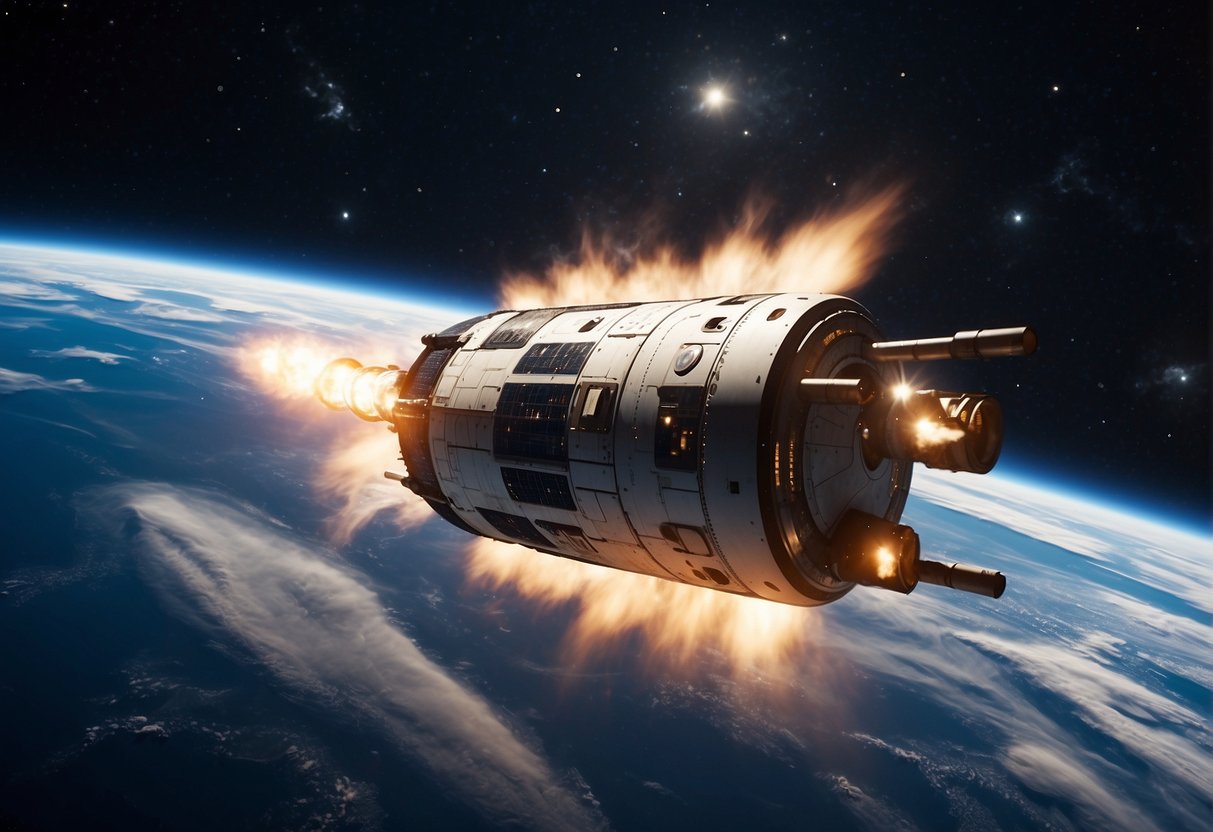
Recent years have witnessed significant leaps in space travel technology, particularly in the development of reusable rockets and advanced spacecraft. These innovations are crucial for reducing costs and increasing the frequency of space tourism.
Reusable rockets are a groundbreaking shift in spaceflight economics. The paradigm of single-use launch vehicles, which are discarded in the ocean, is being replaced by rockets that can land safely and be flown again. The most notable example of this is SpaceX’s Falcon 9, which has consistently proven this concept with multiple successful launches and landings. Similarly, Blue Origin’s New Shepard rocket is designed to cater to the suborbital space tourism market, offering passengers a chance to experience weightlessness and stunning views of Earth.
In tandem with reusable rocket technology, there have been considerable advancements in spacecraft designs. SpaceX’s Crew Dragon, a pivotal development, has expanded the realm of space tourism to include orbital flights. This vessel not only serves NASA for transporting astronauts to the International Space Station (ISS) but is also slated to carry private citizens into orbit, leveraging features like automatic docking capabilities and sophisticated life-support systems. Other companies, like Virgin Galactic, are refining their spacecraft to enhance the safety and experience of passengers during their brief journey to the edge of space.
This relentless progress in space technology has transformed space tourism from a distant dream to an emerging reality, with technological breakthroughs laying the groundwork for a new era of exploration and recreational space travel.
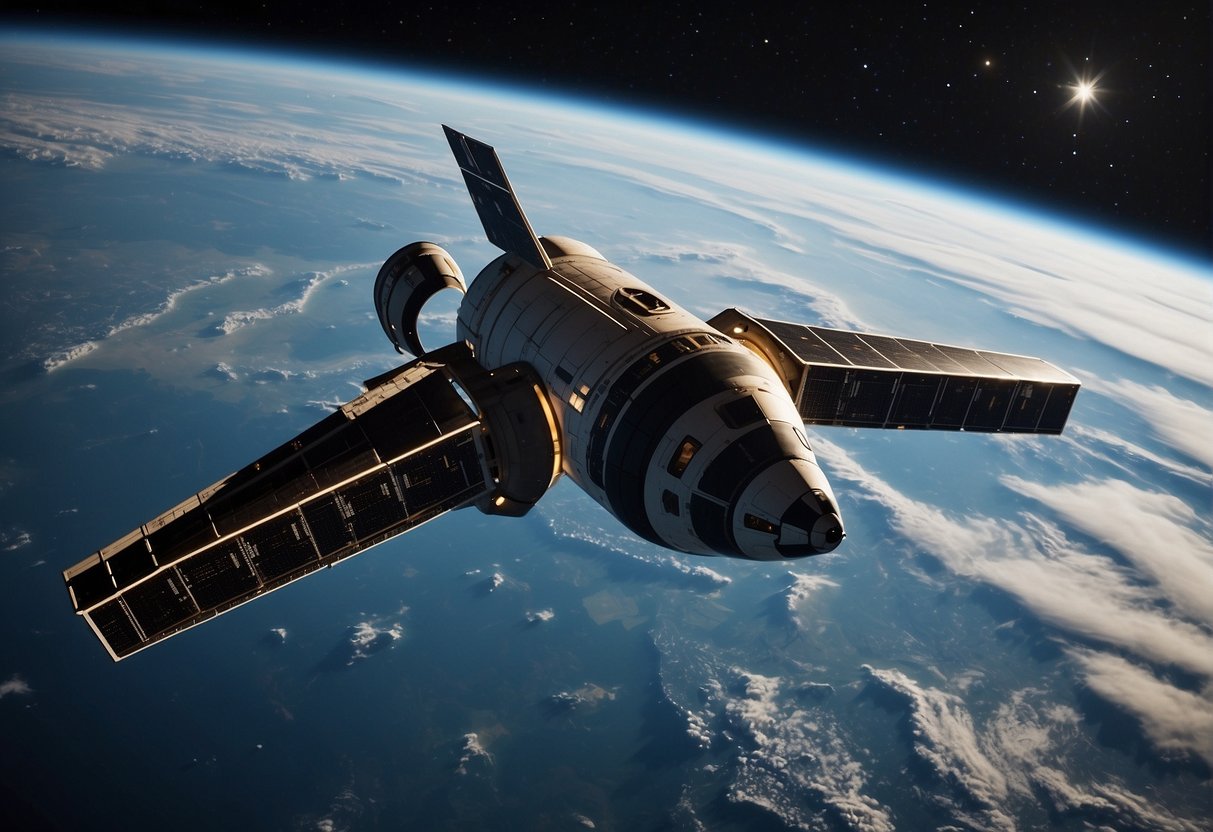
Orbital and suborbital travel are experiencing unprecedented growth, with advancements indicating a new era for space tourism. As trips to the International Space Station become more feasible and suborbital flights capture public interest, the landscape of human space exploration is rapidly changing.
Orbital travel has primarily been a domain for trained astronauts, but with the International Space Station (ISS), space agencies have initiated a shift towards commercial visitation. Excursions to the ISS offer civilians the chance to experience life in space and conduct research in microgravity. These missions are complex, requiring extensive preparation and coordination, but companies like Axiom Space are working to make ISS trips more accessible by offering private missions to the orbiting laboratory.
Suborbital travel, on the other hand, provides a shorter and relatively more accessible space tourism experience. Companies such as Blue Origin and Virgin Galactic have made significant strides in this sector, with successful crewed test flights that promise a future where space tourism is no longer just a dream. Suborbital flights reach the edge of space, allowing passengers to experience a few minutes of weightlessness and breathtaking views of Earth before returning to the ground. This form of space tourism is seen as a stepping stone towards more ambitious projects, including the development of space hotels for longer, more immersive space experiences.
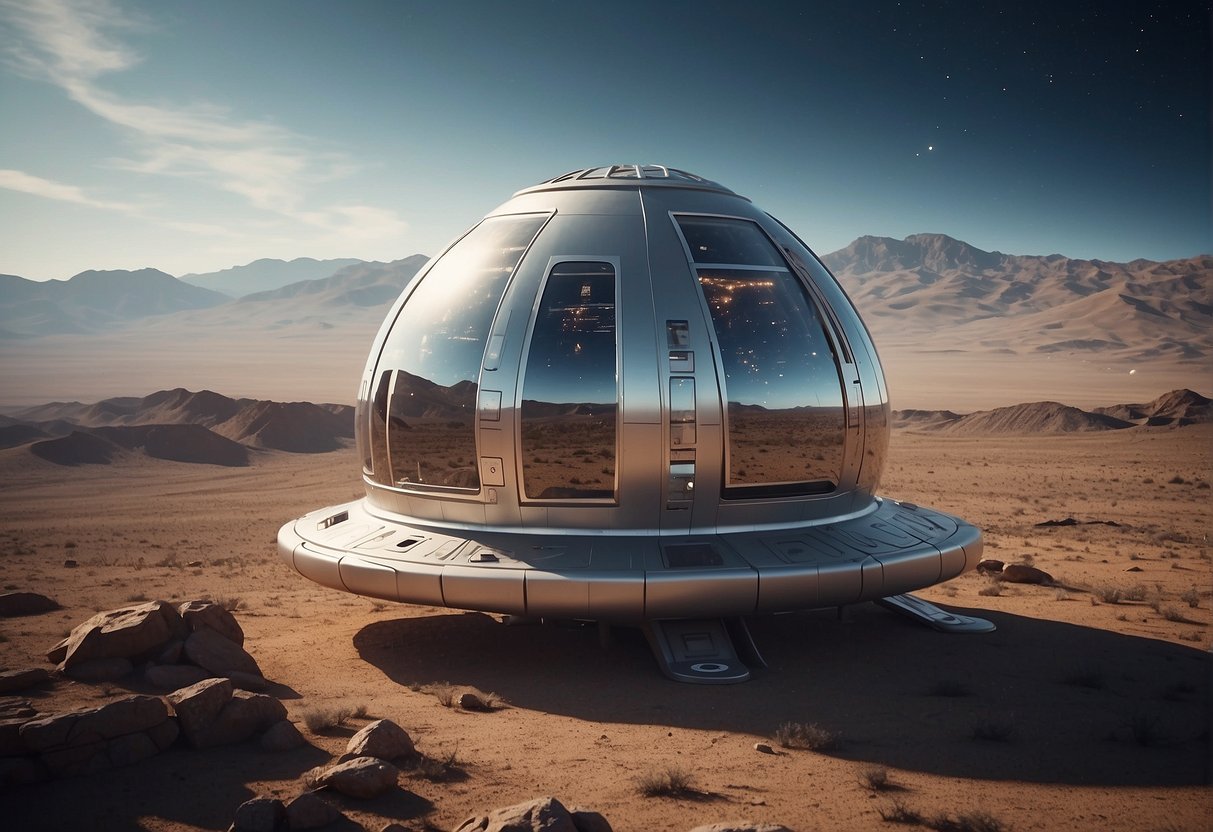
Access to the cosmos requires meticulous attention to safety protocols and rigorous training to prepare tourists for an extraordinary journey. Safety is paramount, and participants must be thoroughly trained to handle the unique challenges of a microgravity environment.
Safety in space tourism starts long before liftoff. Prospective travelers undergo rigorous training to equip them with the skills needed for their voyage. Training programs prioritize understanding of safety protocols, emergency procedures, and the usage of specialized equipment. These preparatory measures are crucial to ensure that space tourists can respond effectively to various scenarios they might encounter during their trip.
Expert instructors simulate potential emergencies, providing hands-on experience that instills confidence and preparedness. For those aiming to venture into space, adapting to rigorous safety standards is not just an option; it’s a necessity for the successful embodiment of a space tourist.
Once in orbit, travelers experience microgravity, an environment unlike anything encountered on Earth. Adapting to weightlessness demands both physical and mental preparation, as basic tasks become entirely different challenges. Space voyagers learn to navigate the peculiarities of eating, sleeping, and moving in a world where up and down are fluid concepts.
SpaceVoyage Ventures emphasizes the significance of understanding microgravity’s impact on the human body, encouraging a regimen of exercise and familiarization with space habitats. This knowledge minimizes potential health risks and enriches the overall spaceflight experience, transforming it from a mere trip to an immersive expedition into the unknown.
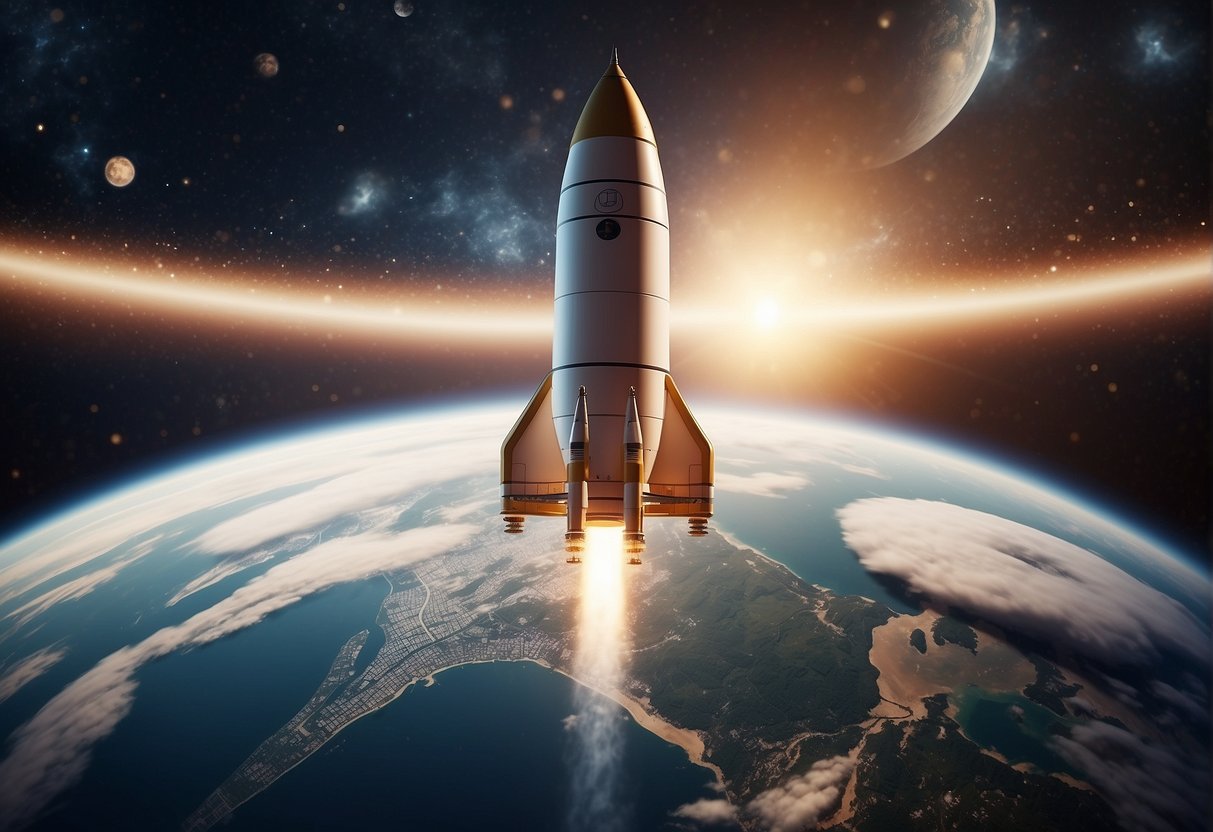
The safe and sustainable expansion of space tourism hinges on a robust policy and regulatory framework. Establishing clear guidelines is crucial for protecting both tourists and the environment as this burgeoning industry takes flight.
The Federal Aviation Administration (FAA) plays a pivotal role in the governance of commercial space activities. This includes oversight of space tourism. Under its Office of Commercial Space Transportation, the FAA is responsible for ensuring the protection of public safety during private spaceflight activities. The necessity for a comprehensive regulatory environment has been emphasized, which outlines not only the operational standards but also the licensure of commercial space operators.
One of the key challenges has been the adaptation of international space law to accommodate the rapid development of private space industries. Regulations have been gradually introduced to manage the risks and stipulate clear legal responsibilities. Notably, the Commercial Space Launch Amendments Act of 2004 marked a significant step forward, promoting a “learning period” that allowed the industry to evolve with a degree of freedom before more stringent regulations are potentially put in place.
Space tourism’s environmental impact is one of the most pressing concerns. With the increase in launches, policies regarding environmental sustainability are becoming essential. The industry faces the challenge of mitigating space debris and the atmospheric effects of rocket launches. As space tourism ventures increase, so does the urgency to implement and adhere to environmental policies that guide the preservation of both terrestrial and outer space environments.
The FAA’s environmental review process plays a part in this, requiring an assessment of potential impacts before granting launch licenses. However, the nascent state of the industry means that continuous efforts are required to update and refine these policies, ensuring that space tourism develops in an environmentally responsible manner.
The future of space tourism is bright, with ambitious plans for lunar and Martian expeditions and the development of space habitats that could usher in an era of long-term space projects.
Lunar tourism is likely to become a reality with initiatives such as NASA’s Artemis program, which aims to return humans to the Moon by the mid-2020s. This mission paves the way for private companies to offer commercial lunar expeditions, potentially making moonwalks an experience available to the public. Meanwhile, advancements in technology are bringing Mars within reach. Although more challenging than lunar trips, Martian tourism remains a long-term goal for both governmental space agencies and private entities like SpaceX, with visions to establish human presence on the Red Planet.
Looking beyond brief excursions, space habitats represent the next frontier. Axiom Space plans to construct the first commercial space station, which could provide a destination for tourists seeking longer stays in orbit. Such facilities may eventually serve as staging grounds for missions further into our solar system or as platforms for conducting research in a microgravity environment. Long-term projects could evolve into self-sustaining off-world colonies, marking a significant milestone in human space residency and a bold step for space tourism.
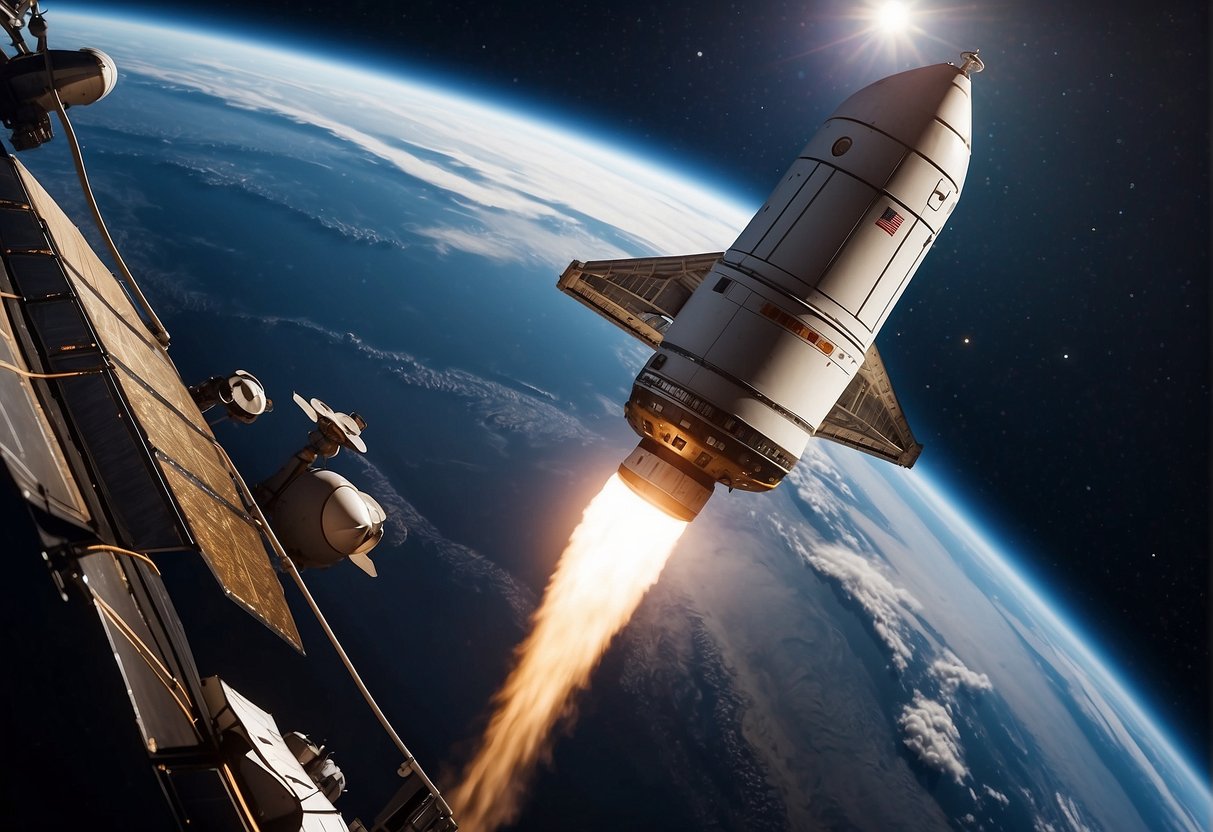
Space tourism has evolved from a mere concept to a burgeoning industry with profound societal and economic implications. It not only captures public imagination but also contributes to job creation and new market opportunities.
Space tourism has significantly influenced popular culture, fueling public interest in space exploration. It stands as a symbol of human advancement and represents the limitless potential for adventure. This movement toward the stars has reinforced the idea of space as not just a scientific domain but also a realm of entertainment and leisure time, as tourists envision themselves as astronauts.
The rise of space tourism prompts economic growth through job creation and the establishment of new market dynamics. It drives employment opportunities in various sectors, including aerospace engineering, hospitality, and customer service. Economical impacts are observable in the increased demand for skilled labor to design, build, and operate spacecraft and spaceports. Key players in the industry, like SpaceX and Blue Origin, are expanding their workforce to meet the requirements of commercial space flight operations.
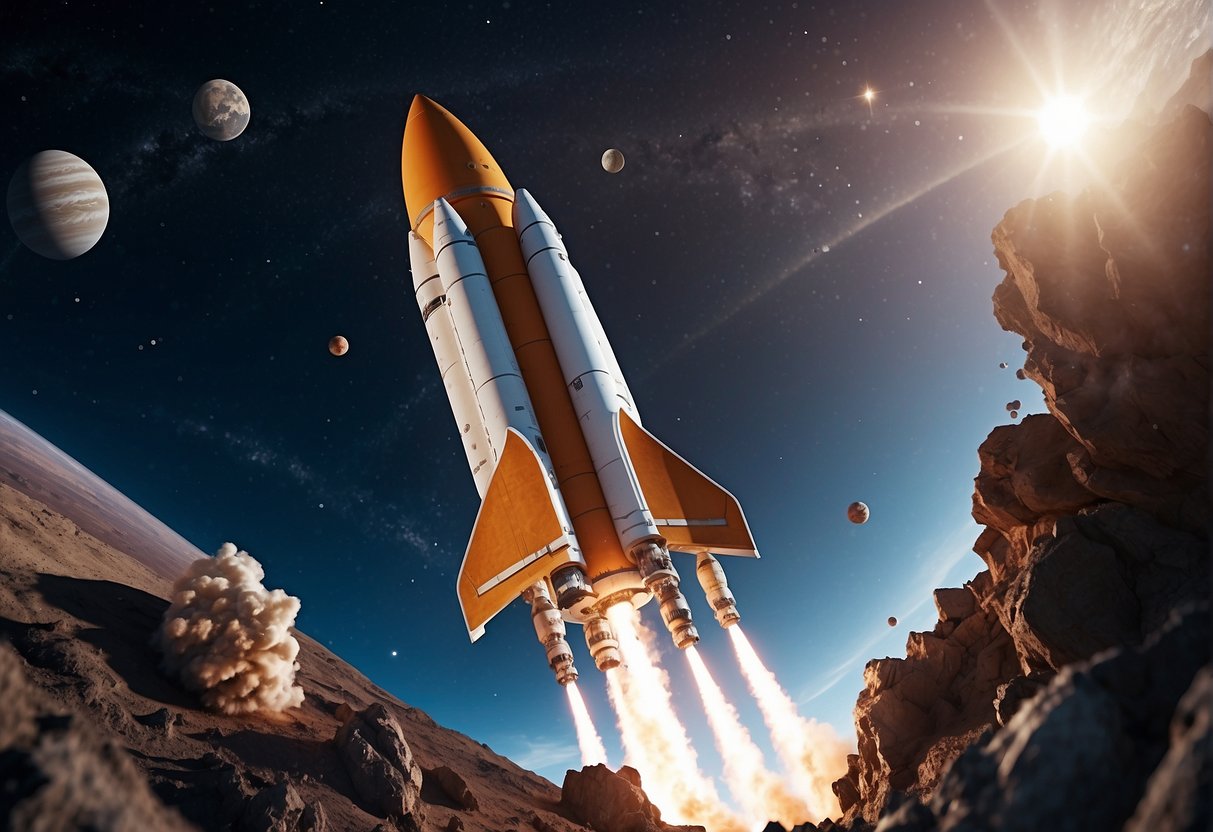
In this section, we address common inquiries about space tourism, exploring its significant milestones, key figures in the industry, and the technological leaps that have made it possible.
Space tourism has seen several significant milestones, from the historic first space tourist flight of Dennis Tito in 2001 to the launch of suborbital flights by companies such as Blue Origin and Virgin Galactic. These events mark the transition of space travel from government-exclusive missions to private endeavors open to civilians.
Pioneers in commercial space travel include SpaceX, led by Elon Musk, and Blue Origin, founded by Jeff Bezos. Richard Branson’s Virgin Galactic has also been instrumental in spearheading the movement towards making space travel accessible to private citizens.
Technological advances such as reusable launch vehicles and cost-efficient propulsion systems have significantly brought down the costs of space travel. Developments in spacecraft design and safety mechanisms have also paved the way for more routine spaceflights.
The perception of space travel among the general public has shifted from viewing it as a distant, unattainable fantasy to considering it a real possibility. The increasing visibility of private space endeavors has fueled public interest and enthusiasm for extraterrestrial experiences.
Current options for space tourism include suborbital flights offered by companies like Virgin Galactic and Blue Origin, with plans in the near future for orbital trips and even accommodations on space stations allowing for longer stays in orbit.
Key challenges facing space tourism for wider consumer adoption include ensuring consistent safety, reducing costs, and overcoming the environmental impact of spaceflights. Addressing these issues is crucial for space tourism to become a sustainable and accessible activity for people around the world.